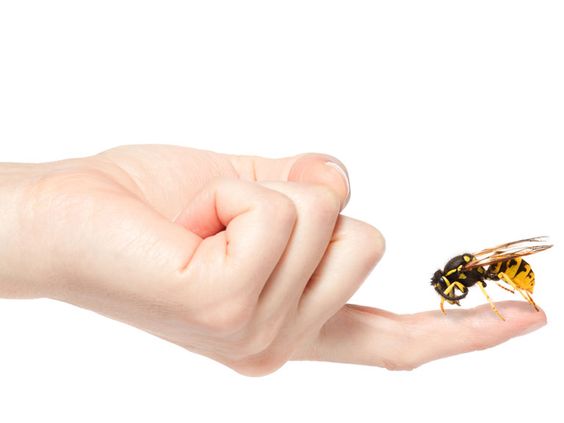Introduction
Lyme disease, a tick-borne illness, presents a growing concern in many parts of the world. Caused by the bacterium Borrelia burgdorferi, Lyme disease is primarily transmitted to humans through the bite of infected blacklegged ticks. Early detection and treatment are crucial in managing the disease and preventing potentially debilitating long-term complications.

This comprehensive guide delves into the intricacies of Lyme disease, exploring its common symptoms, available treatment options, and essential preventive measures. Understanding the nature of Lyme disease empowers individuals to take proactive steps in safeguarding their health and well-being.
Recognizing the Symptoms of Lyme Disease
Lyme disease often manifests in stages, with symptoms varying from person to person.
Early Stage Symptoms:
- Erythema migrans (EM) rash: This distinctive rash, appearing at the site of the tick bite, typically develops within 3 to 30 days. The EM rash often resembles a bull's-eye, with a red outer ring surrounding a clear area.
- Flu-like symptoms: Fever, chills, headache, fatigue, muscle aches, and joint pain may accompany the rash.
Later Stage Symptoms (if left untreated):
- Neurological problems: Facial palsy (Bell's palsy), meningitis, and impaired muscle movement.
- Heart problems: Irregular heartbeat and inflammation of the heart muscle.
- Arthritis: Severe joint pain and swelling, particularly in the knees.
Treatment Options for Lyme Disease
Prompt treatment with antibiotics is highly effective in curing Lyme disease, especially in the early stages. The specific type and duration of antibiotic treatment depend on the stage of the disease and individual patient factors.
Commonly prescribed antibiotics include:
- Doxycycline
- Amoxicillin
- Cefuroxime axetil
In some cases, intravenous antibiotics may be necessary for severe or late-stage Lyme disease.
Preventing Lyme Disease
Taking preventive measures is key to minimizing the risk of contracting Lyme disease.
Follow these essential tips:
- Avoid tick-infested areas: When venturing outdoors, steer clear of wooded, grassy, and brushy areas where ticks thrive.
- Wear protective clothing: Opt for light-colored clothing that covers your arms and legs. Tuck pants into socks to create a barrier against ticks.
- Use insect repellent: Apply EPA-registered insect repellents containing DEET, picaridin, or IR3535.
- Perform tick checks: After spending time outdoors, thoroughly check yourself, your children, and pets for ticks. Pay close attention to areas such as the scalp, behind the ears, under the arms, and in the groin area.
- Shower after outdoor activities: Showering within two hours of being outdoors can help wash away unattached ticks.
Conclusion
Lyme disease poses a significant health risk, but early detection and appropriate treatment lead to positive outcomes. By recognizing the symptoms, seeking prompt medical attention, and adopting preventive measures, you can effectively reduce the risk of contracting this debilitating disease and protect yourself and your loved ones.





